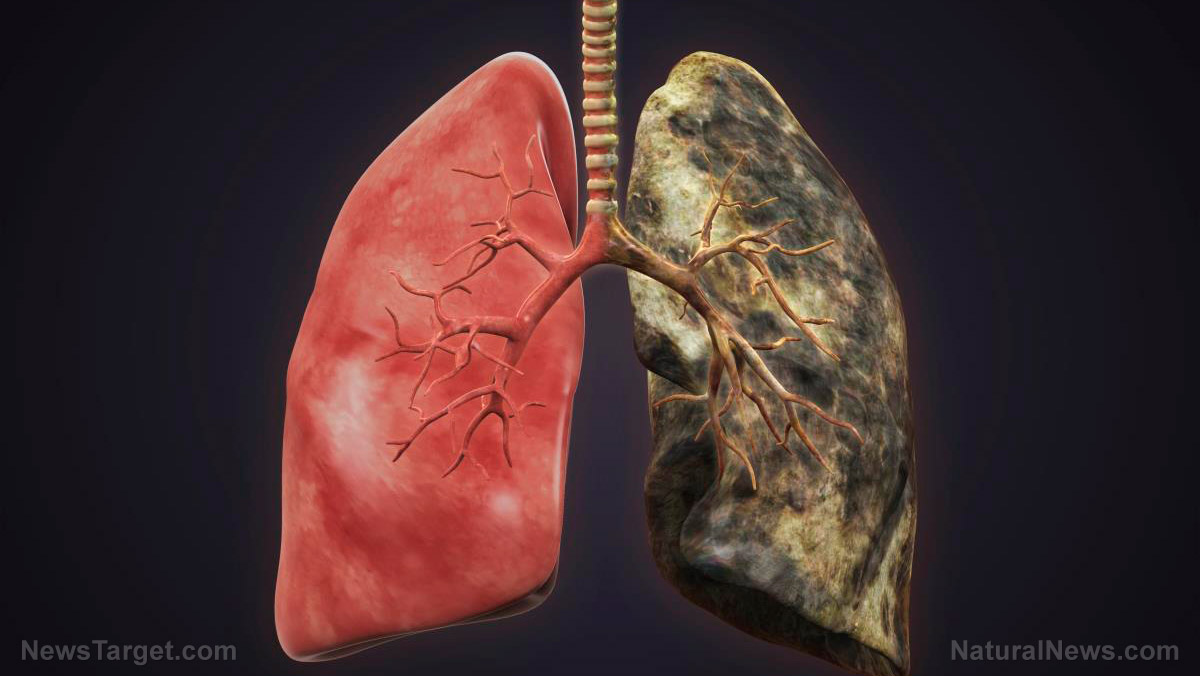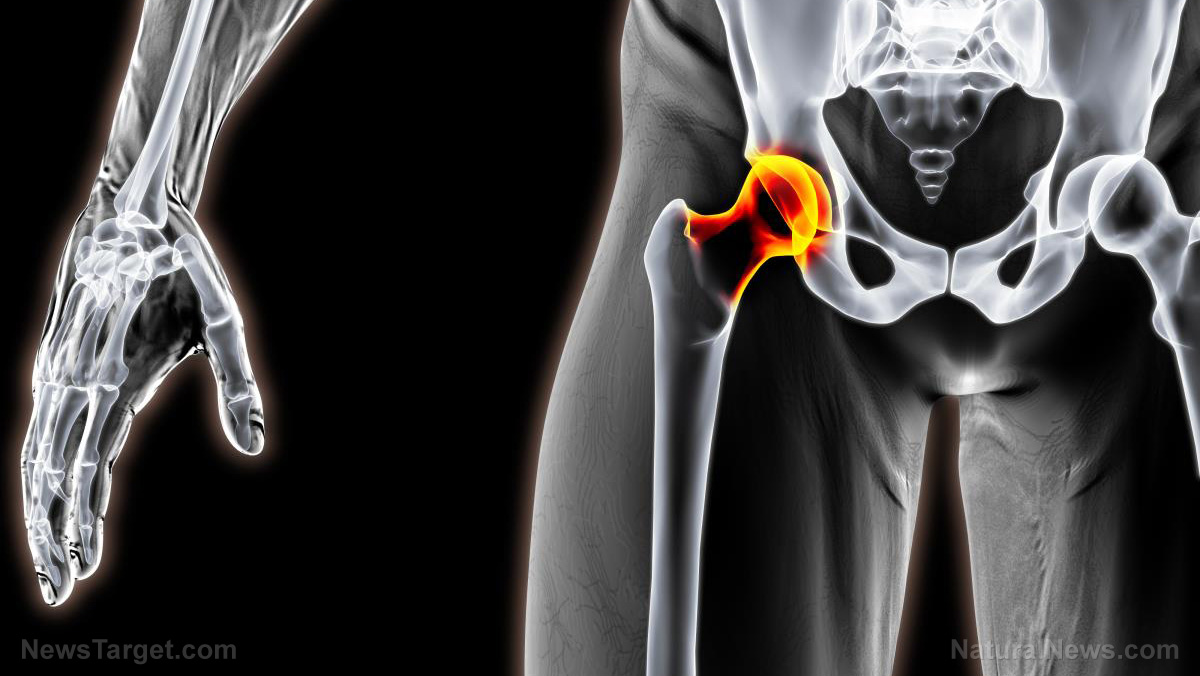A closer look at the link between air pollution and atherosclerosis
03/24/2020 / By Darnel Fernandez

Air pollution is a growing environmental problem and health threat, especially to those living in large cities and other urban areas. Human activity is one of the main contributors to the extreme levels of particulate matter found in the air, alongside natural disasters such as wildfires and volcanic eruptions. Inhaling polluted air can bring about detrimental effects on one’s health, quality of life and longevity. These effects include respiratory problems like asthma and chronic lung infection. Now, recent research suggests that inhaling air loaded with particulate matter could lead to heart disease as well.
A study published in the journal JAMA Network Open found that long-term exposure to particulate matter and nitrogen dioxide could cause a buildup of plaque in the artery walls. This is further exacerbated by close proximity to vehicular traffic. While similar studies have been made in the U.S. and Europe, this study is one of the first to look into the link between air pollution and atherosclerosis in China.
“This study may provide evidence that coronary atherosclerosis is a pathological pathway through which air pollution exposure increases risk of death from coronary heart disease,” first author Meng Wang said.
The link between air pollution and atherosclerosis
According to the World Health Organization (WHO), air pollution kills about seven million people worldwide every year, with nine out of 10 people breathing air containing high levels of pollutants. These pollutants act as a risk factor for atherosclerosis – a disease characterized by plaque forming in the artery walls that restrict blood flow over time. According to Wang, atherosclerosis is a lifelong process, meaning that the effects of air pollution are likely to be chronic in nature. (Related: It’s in the air: Air pollution can increase the risk of atherosclerosis, study says.)
Finding associations between air pollution and atherosclerosis could help provide opportunities to reduce people’s exposure to air pollutants before it becomes too harmful for their health. For the study, researchers from the University of Buffalo focused on the levels of nitrogen dioxide in the air, alongside PM2.5 or fine particulate matter. PM2.5 refers to tiny particles that have a diameter of no more than 2.5 micrometers – equivalent to three percent the diameter of human hair.
The researchers also looked into associations between atherosclerosis and close proximity to traffic using nitrogen dioxide as an indicator of emissions. Their findings revealed that the risk of developing atherosclerosis was 24.5 percent higher for every 20 micrograms (mcg) per cubic meter of air increase in nitrogen dioxide.
China has been plagued by air pollution for quite some time. The researchers claim that more than 95 percent of the population is exposed to high concentrations of both PM2.5 and nitrogen dioxide – levels higher than the minimum level used in the study.
“Since more than 40 percent of all deaths are attributable to cardiovascular disease, the potential contribution of air pollutants to cardiovascular disease in China is very large,” said Wang.
Wang and his colleagues suggest that improving current air quality to the national standards imposed by China – 35 and 40 mcg per cubic meter of air for PM2.5 and nitrogen dioxide respectively – could help improve the longevity and quality of life of citizens. However, nitrogen dioxide exposure still maintained its increased risk of atherosclerosis even when the researchers restricted their analysis to levels below 40 mcg per cubic meter of air.
According to the researchers, their findings can help provide a deeper understanding of the effects of air pollution worldwide, providing locally generated data and evidence to improve the air pollution standards on a global scale.
To learn more about air pollution and its harmful effects, visit Pollution.news.
Sources include:
Tagged Under: arteries, atherosclerosis, cardiovascular health, environment, heart disease, heart health, particulate matter, PM2.5, prevention, research, respiratory health, vehicular emission



















